A spider bite is a small puncture wound followed by redness, itching, and swelling. Spiders belong to a class of arachnids that include 8-legged anthropods like scorpions, ticks, and mites. Symptoms of Arachnida bites are medically termed arachnids. However, spider bites are very rare and the majority of spiders in the U.S. are harmless except for black widow and brown recluse. A painful syndrome caused by black widow envenomation is known as latrodectism.
Black Widow Bite Symptoms
Most spider bites in the U.S. come from a female black widow. The black widow spider is distinguished by its hourglass-shaped red marking on the abdomen. It is a shiny black spider that can reach up to one inch in length, while its leg span is around two inches. Black widow spider generally likes warmer climates and is usually found in woodpiles, sheds, closets, attics, basements, trash and other dark piles. Although black widow spider bite usually causes serious symptoms, it is rarely fatal.

The bite site swells and commonly appears as a pale area surrounded by a red ring. Within the first few hours, a sufferer experiences severe pain and cramps in the shoulders, back, abdomen and thighs. Black widow spider bite is also accompanied by nausea, vomiting, sweating, headache, itching, weakness, fever, chills, difficulty in breathing, and high blood pressure. The most common sites of black widow bite are buttocks, genitals, and extremities.
Brown Recluse Bite Symptoms
Brown recluse can be easily identified by its marking in a shape of a violin. It is a light brown spider and is about half-inch long. This spider is usually found in dark, quiet places hence the name “recluse”. Brown recluse spider bite is not as dangerous as black widow bite but it can produce painful symptoms anyway. In most cases, people are not aware that they have been bitten by a brown recluse. However, symptoms of brown recluse bite start to appear within 10 minutes.
Initially, there may be burning and itching at the bite site. Redness and fluid-filled blisters form at the wound site. These blisters break open and leave deep and enlarging ulcers that can produce intense pain. Fever, chills, nausea, vomiting, and muscle aches can be also present.
- From April 1996 to August 1998, the physicians recorded 149 bites. Most of the victims were women aged 18 to 65 years, and most sought treatment within 3 days. Pain was common but not universal.
- Most bites were located on the extremities. Erythema was always present, but necrosis was present in only 40% of the bites.
- Some systemic signs or symptoms were common. The most frequent forms of treatment were systemic antibiotics (66% of cases) and conservative wound management (56%). Only 1 hospitalization occurred; 43% of the bites healed within 2 weeks; and only 13% resulted in scarring.
Spider Bite Treatment
Pain caused by a black widow spider bite can be relieved with parenteral narcotics or muscle relaxants such as methocarbamol and diazepam. The pain and muscular rigidity can be also treated with calcium gluconate. Anti-venom for black widow spider bites may be also given. Brown recluse bite is usually treated with antibiotics and sometimes surgery may be needed if the wound becomes deep and infected.



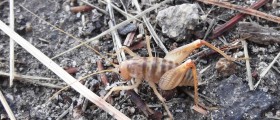


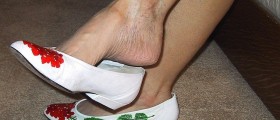


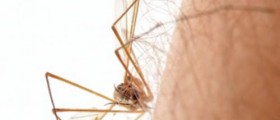
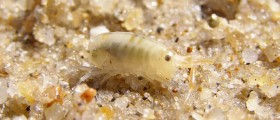
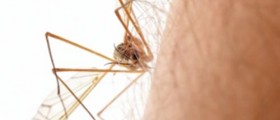

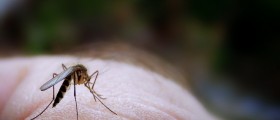
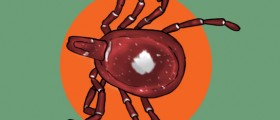

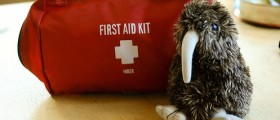
Your thoughts on this
Loading...